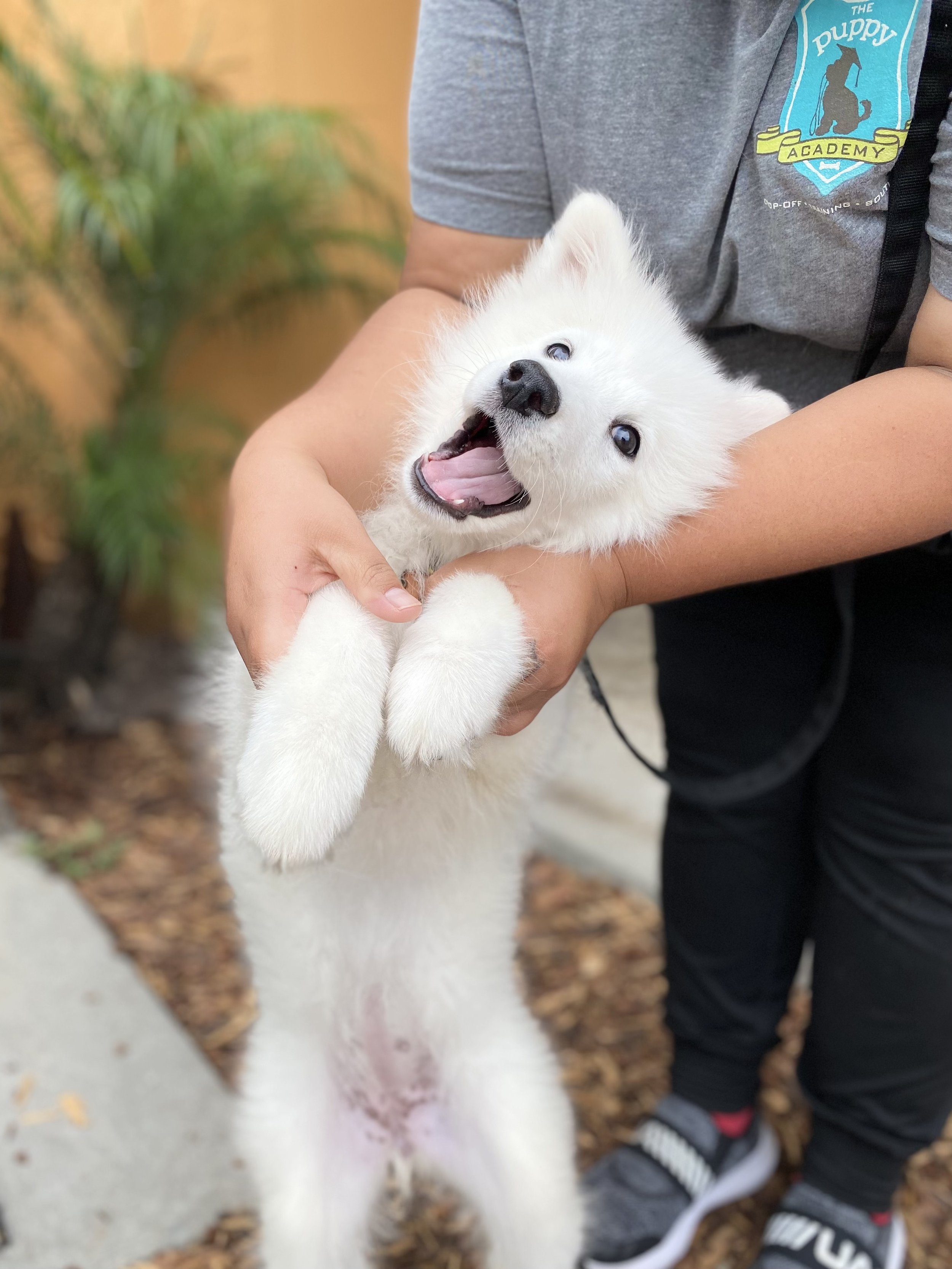The Best Puppy Training Tools You Need to Ensure Success
Top Puppy Training Techniques to Ensure a Well-Behaved Family Pet
Effective puppy training is essential for cultivating a well-behaved friend, and different methods can substantially affect a pet dog's development. As we discover these techniques further, it comes to be clear that the success of young puppy training pivots on a mix of techniques that can change your family pet's behavior in impressive methods.
Favorable Reinforcement Strategies
Using favorable reinforcement techniques is important for reliable puppy training, as it motivates desired habits via incentives as opposed to penalty. This method exploits on the natural understanding processes of pet dogs, enhancing good habits by providing tangible and instant rewards, such as deals with, appreciation, or playtime. By connecting favorable end results with particular activities, pups are much more most likely to duplicate those habits in the future.
Rewards must be offered immediately after the desired actions occurs to create a clear link in the puppy's mind. Additionally, varying the kinds of incentives can preserve a pup's interest and motivation throughout the training procedure.

Consistency in Educating Commands
Keeping consistency in training commands is crucial for enhancing the lessons learned with favorable support techniques. Canines prosper on regular and predictability, so using the exact same verbal commands and hand signals for details habits is necessary. This uniformity helps puppies comprehend what is anticipated of them, lowering confusion and irritation for both the trainer and the family pet.

Timing additionally plays a considerable role in consistency. Commands must be provided promptly throughout training sessions and complied with right away by positive support, such as treats or appreciation. This instant response aids solidify the organization between the command and the desired actions.
Integrating uniformity into training sessions will certainly produce a stable discovering environment, advertising quicker mastery of commands. Inevitably, a well-structured method cultivates a solid bond between the young puppy and its proprietor, causing a more loyal and well-behaved pet dog.
Socializing With Other Pets
Socialization with various other pets is vital for a puppy's growth, as it helps them discover ideal behaviors and interaction skills in varied social contexts. Very early interactions with various animals can substantially affect a puppy's personality and adaptability in different situations. When young puppies are subjected to a selection of animals, they end up being more positive and much less site link frightened, which can protect against prospective behavior concerns later on in life.

Instruct your pup to acknowledge signals from other family pets, such as signs of playfulness or pain, promoting mutual regard and understanding. Regular socializing not only boosts your young puppy's social skills but likewise contributes to their total wellness, creating a much more harmonious living atmosphere.
Cage Training Benefits
Identifying the various benefits of cage training can greatly boost both the young puppy's and proprietor's experience. Crate training supplies a protected and safe atmosphere for pups, ensuring they really feel protected when left alone. This feeling of safety and security can dramatically decrease anxiousness and stress levels for both the owner and the family pet.
In addition, crates offer as a beneficial housebreaking device. Pups normally avoid soiling their sleeping location, thereby urging them to hold their bladder till they are let outside. This impulse can quicken the house-training process, fostering excellent behaviors early.
When unsupervised,Crate training also aids check my source in managing a puppy's behavior - puppy training. By offering a designated space, owners can prevent destructive behaviors, such as eating on furnishings or entering into dangerous compounds. Additionally, dog crates can be helpful throughout travel, providing a familiar room that can aid soothe a young puppy in new environments.
Last but not least, developing a pet crate regular encourages freedom, permitting young puppies to learn just how to be alone without concern. In general, crate training is a reliable technique for promoting self-control, safety, and peace, causing a well-adjusted, well-behaved pet dog.
Chain Training Essentials
Leash training is an essential aspect of liable family pet ownership that makes sure a satisfying and secure strolling experience for both the pup and its owner. Correct leash training starts early, ideally throughout the pup's socialization duration. This training helps develop excellent practices and advertises positive habits when out in public.
To begin, select a comfy collar or harness that fits your puppy well. Attach a strong chain, ensuring it is not as well long, as this can bring about pulling and unpredictable actions. Start in a quiet atmosphere to decrease interruptions and progressively present your puppy to new environments.
Use positive reinforcement methods, such as deals with and appreciation, to urge your puppy to walk beside you. If your pup pulls, stop walking and wait on them to go back to your side before continuing. This shows them that drawing will certainly not produce ahead motion. Uniformity is crucial; technique frequently and stay individual, as mastery takes some time.
In addition, include brief training sessions with fun interruptions to build your puppy's emphasis. With commitment and determination, leash training will cause an accommodating buddy, making walks pleasurable for both the proprietor and the young puppy.
Conclusion
In final thought, employing efficient pup training techniques is critical for developing a well-behaved family pet. Overall, these techniques jointly promote a harmonious partnership in between puppies and their proprietors.
As we discover these methods additionally, it comes to be clear that the success of puppy training hinges on a mix of strategies that can transform your family pet's actions in amazing methods.
Making use of favorable reinforcement strategies is important for efficient pup training, as it encourages desired habits with incentives instead than click this punishment.Crate training also assists in taking care of a young puppy's behavior when not being watched.Leash training is a basic aspect of liable animal possession that makes sure a secure and pleasurable walking experience for both the pup and its owner.In final thought, utilizing effective pup training techniques is important for establishing a mannerly family pet.